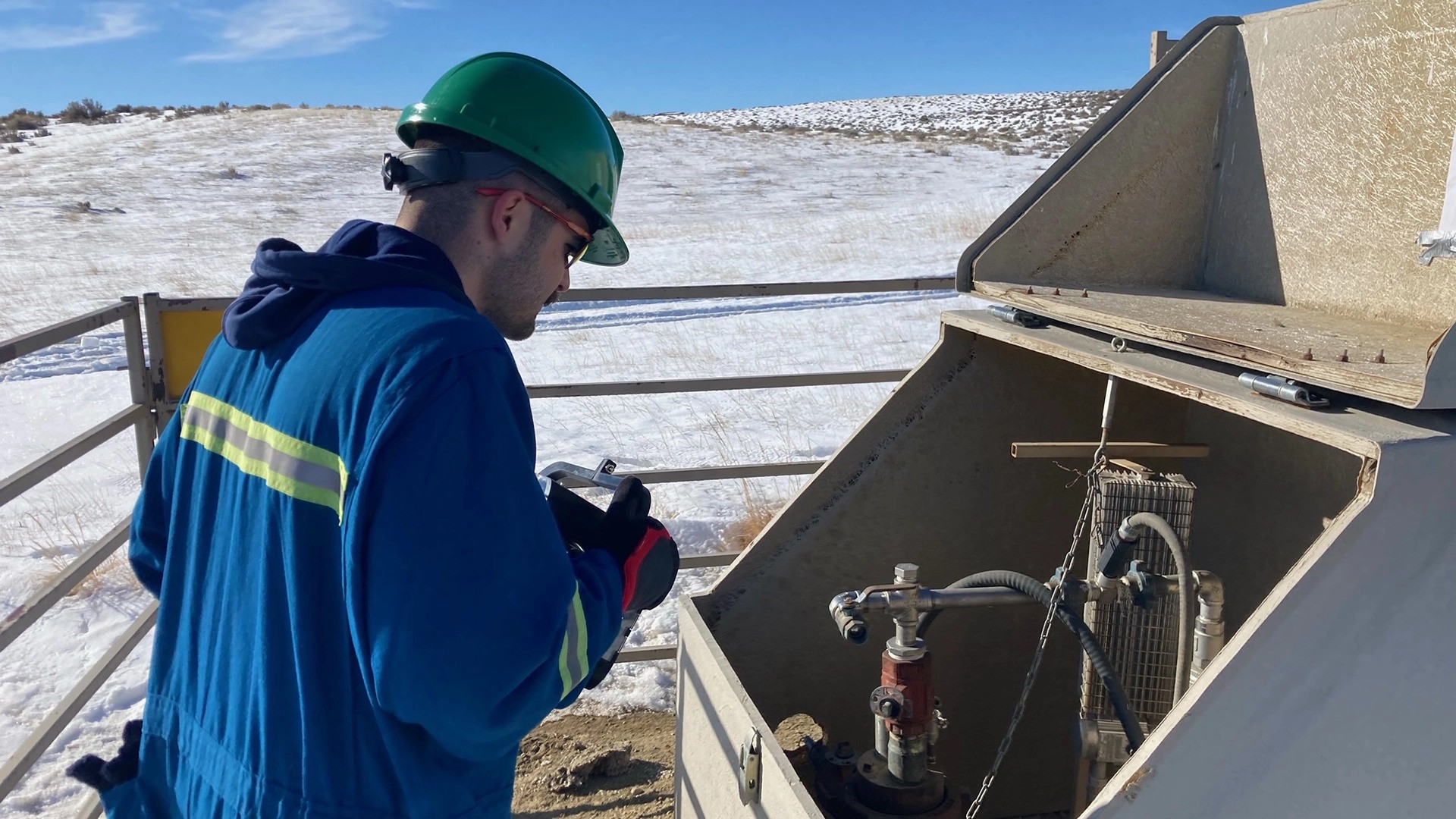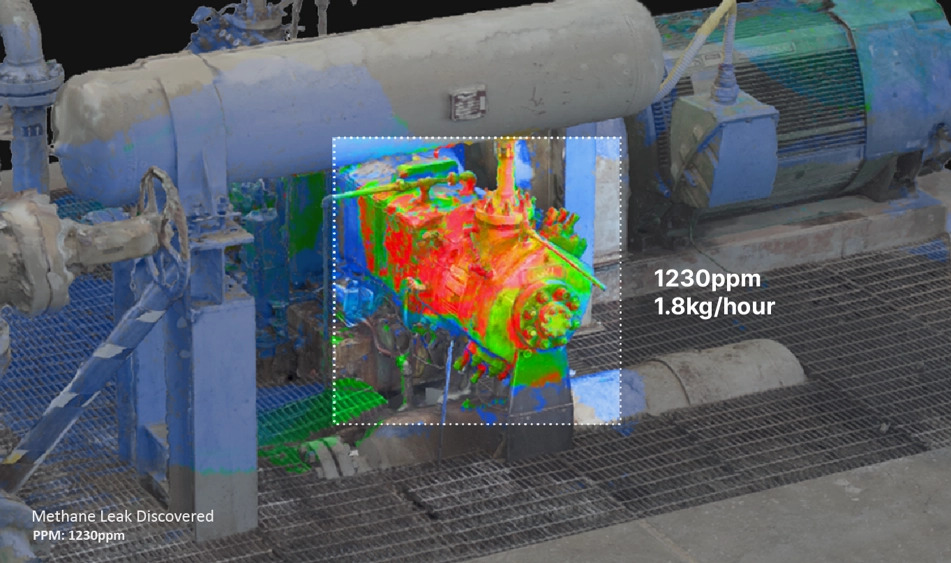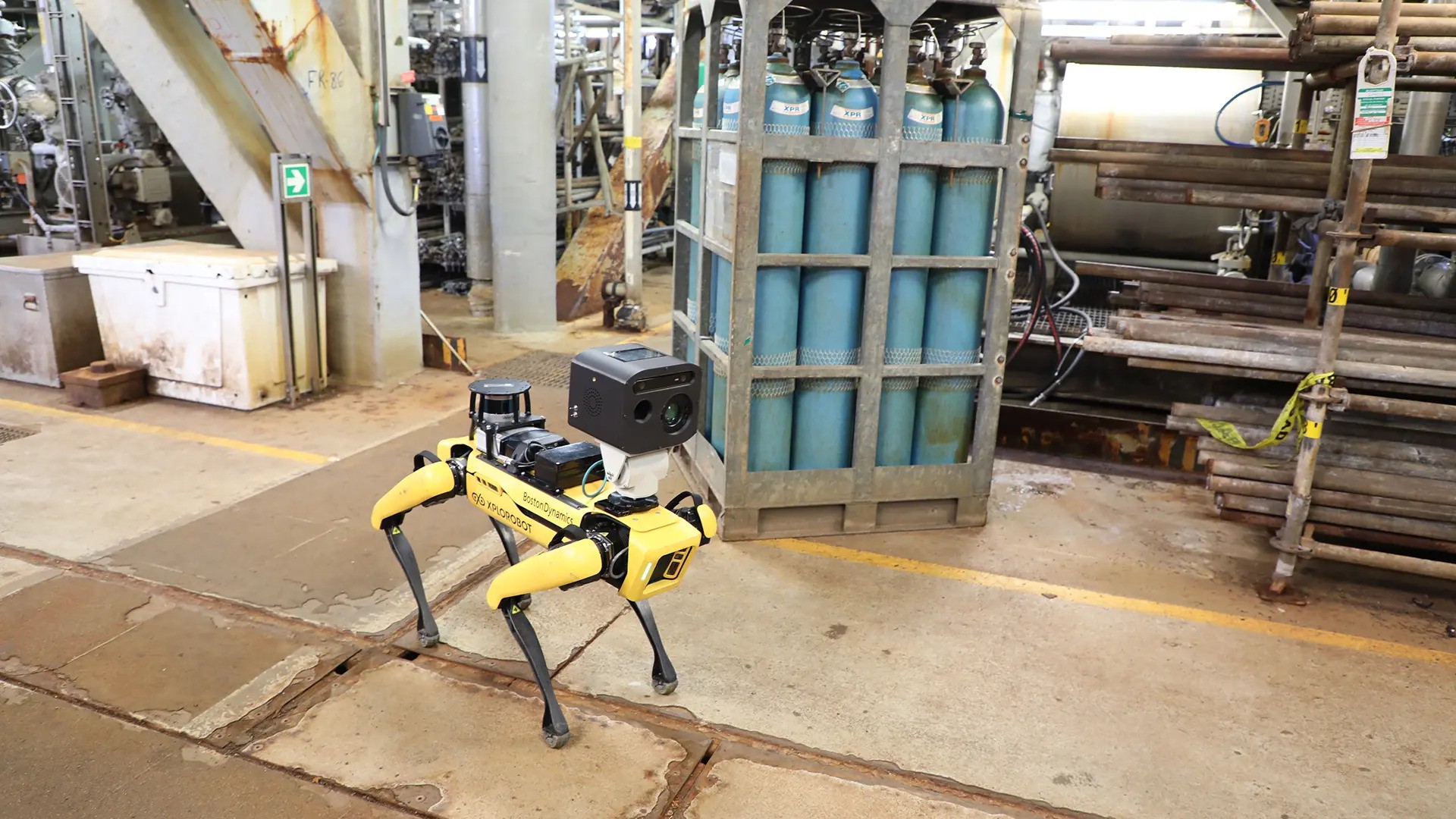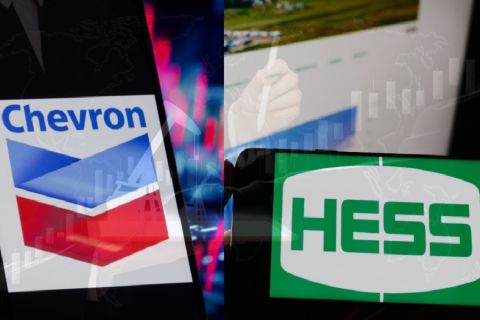More and more, oil and gas projects are resembling a mid-2000s science fiction movie with questionable CGI: robots, computer screens with bright colors and loads of data, world domination—well, maybe not that one. But this isn’t a big budget Hollywood production. It’s real and it is now the norm.
Wood Plc is one of the companies embracing digitalization and leading the charge. Though it’s not a robotics company, the engineering and consulting company employs robots and digital software to support its clients’ day-to-day operations. It partners with companies like Xplorobot to assist clients with emissions reduction.

—Stephen Kelman, Operations Director, Wood Plc. (Source: Wood Plc)
“What separates us from anybody else is the technology that we’re using and the ability to localize and quantify the emissions,” Stephen Kelman, operations director at Wood, told Hart Energy. “There’s no other technology that we have seen or used in the market that has the ability to hone in to a specific flange or valve and say, ‘That’s the flange that’s leaking, and that’s the quantity of methane.’”
Wood’s emissions-detecting technology, Iris Edge, is deployed using Xplorobot’s handheld sensors and drones, and has undergone trials using robots. Its operation is similar to others on the market: the maintenance team maps out the route the robot will take through the facility and the robot then follows that path, capturing emissions and visual data, as well as thermal, acoustic and vibration data. Once collected, the robot returns home to its “doghouse” or home location and then uploads all images and data it has captured to the company’s database. Once the data has been uploaded, a color-coded 3D model is produced with all the data gathered overlaid on top of the model to enable localization and quantification of the emissions.
When combined with either handheld or robotic data-gathering products, Iris Edge is able to digitally scan infrastructure, provide immediate alerts on fugitive emissions down to the flange level and bring the asset from detection to repair within 24 hours, the company says. It also integrates into existing operations, which can save on hardware, labor costs and overall inspection costs.

Watching in real-time
Iris Edge is also able to feed data into ENVision, which is software proprietary to Wood. “If our client has ENVision deployed, we can also use the [Iris] data to support that,” Kelman said. “So, we have the ability to bring the two together.”
Backed by the Azure Cloud platform, ENVision software helps manage emissions data, streamline and automate data points for a clear and accurate emissions view and provide real-time insights into emissions and carbon releases.
“By having access to that data, in combination with your external data, you find out what you need to be doing, how you can get there, how you can build a roadmap, etc.,” he said. “It’s automated so you’ll get real-time event detection notifications … it will enable you to reduce your reporting man hours by up to 80% because a lot of it’s done in the platform. It gives you more accurate results on your emissions [calculations] and reduces your cost to compliance.”

Wood’s methane detection tools have a good track record. In 2022, Wood and Xplorobot teamed up to conduct a pilot study for Wyoming-based Carbon Creek Energy using the Iris Edge software. That study reviewed 4,200 of Carbon Creek’s natural gas wells. Leaks were discovered within the first 10 minutes of the operations and fixed the next day. The Iris Edge technology was also able to certify the cleanliness of Carbon Creek’s natural gas to make sure it was responsibly sourced, which in turn helped to track their transition to net zero.
Another study for a Canadian energy company using both handheld and robot hardware options identified a previously undetected anomaly and its exact location, allowing the client’s onsite team to repair it within 24 hours. Before Iris Edge, operators used optical gas imaging (OGI) cameras, which located the leaks but could not quantify the exact amount of methane escaping. Iris Edge uses tunable diode laser absorption spectroscopy (TDLAS) to quantify the amount of methane to parts per million per meter.

Looking ahead
Concerns about costs and logistics can oftentimes dissuade operators from implementing robots in their operations, especially offshore, Kelman said. Wood’s advantage is that its technology offerings are cheaper, particularly those involving handheld devices that can be operated by workers who are not certified technicians.
He also said operators are drawn to Wood’s technology because the system not only detects anomalies within assets, but allows the operator to better understand the emissions profile, which helps in reaching reductions goals.
It can also help clients save money by avoid penalties and monetizing operations via methane performance credits.
“The big piece for us is just focusing on helping our clients understand their emissions profile and then really helping them to document that and develop a longer-term strategy around how they want to manage their emissions,” Kelman said. “When the penalties from the EPA come into force this year, they have something that they can base their data off of so they can report and have data to back it up.”

Recommended Reading
Proxy Vote Preview: Chevron, Hess and Guyana Uncertainty
2024-05-27 - Chevron Corp. stockholders will vote on May 28 and Hess’ stakeholders on May 29 on a $53 million combination that largely centers on Hess’ stake offshore Guyana.
Chevron-Hess Deal: To Vote or Not to Vote, That is the Question
2024-05-21 - A Hess Corp. proxy vote related to the company’s proposed $53 billion all-stock merger with Chevron Corp. has divided shareholders ahead of a May 28 deadline.
Comstock Adds Four Whopper Wildcats; Takes Western Haynesville to 450K
2024-05-01 - Comstock Resources' four newest wells, which IP’ed at more than 35 MMcf/d, were landed at up to 19,400 feet total vertical depth.
Hunt Oil Co. Markets DJ, Midcontinent-heavy Minerals Package
2024-06-04 - Hunt Oil Co., one of the nation’s oldest family-owned oil companies, is marketing minerals and royalties across several major basins.
Ohio Oil, Appalachia Gas Plays Ripe for Consolidation
2024-04-09 - With buyers “starved” for top-tier natural gas assets, Appalachia could become a dealmaking hotspot in the coming years. Operators, analysts and investors are also closely watching what comes out of the ground in the Ohio Utica oil fairway.






